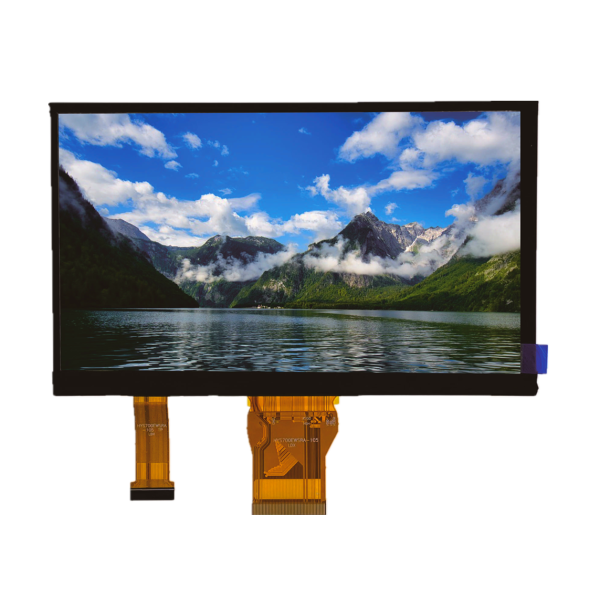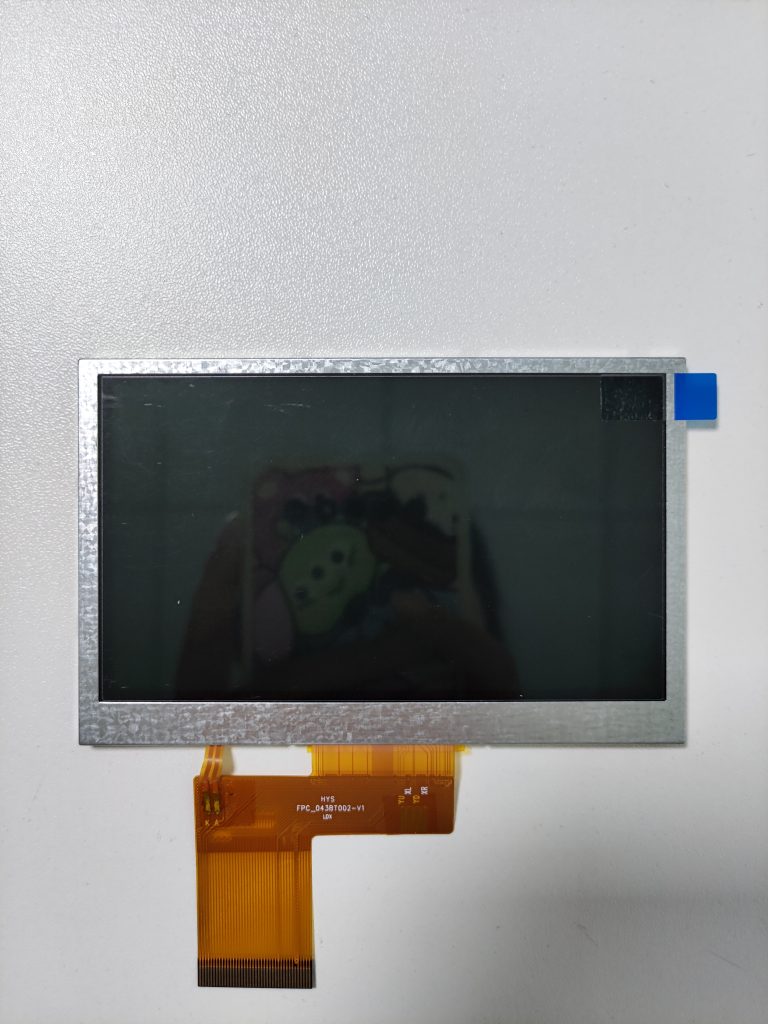Table of Contents
Exploring the Evolution of TFT Displays: A Comprehensive Guide
TFT displays, also known as Thin Film Transistor displays, have become ubiquitous in our daily lives, seamlessly integrated into smartphones, tablets, laptops, and numerous other electronic devices. As we marvel at the vivid colors and sharp images produced by these displays, it’s easy to overlook the complex technology behind them. In this comprehensive guide, we’ll delve into the evolution of TFT displays, tracing their journey from conception to the present day.
The story of TFT displays begins in the late 1960s when researchers first developed thin film transistor technology as a means to improve the performance of liquid crystal displays (LCDs). By integrating transistors directly onto the glass substrate of the display, they were able to achieve faster response times and greater pixel density, laying the groundwork for the modern TFT display.
Throughout the 1980s and 1990s, advancements in manufacturing processes and materials led to significant improvements in TFT display technology. These displays became increasingly affordable and energy-efficient, making them the preferred choice for a wide range of consumer electronics.
One of the key milestones in the evolution of TFT displays was the development of Active Matrix TFT (AM-TFT) technology. Unlike the passive matrix displays that preceded them, AM-TFT displays use a separate transistor for each pixel, allowing for faster refresh rates and higher resolutions. This breakthrough paved the way for the high-definition displays that are now standard in many devices.
In recent years, the demand for TFT displays has surged as the market for smartphones and other portable devices has exploded. Manufacturers have responded by continually pushing the boundaries of display technology, striving to deliver ever-greater levels of brightness, contrast, and color accuracy.
Today, TFT displays come in a variety of forms, including IPS (In-Plane Switching), OLED (Organic Light-Emitting Diode), and QLED (Quantum Dot Light-Emitting Diode) displays, each offering its own unique advantages and applications. IPS displays, for example, are prized for their wide viewing angles and accurate color reproduction, making them ideal for tasks such as graphic design and photo editing.
| good | better |
| very good | indeed |
| affordable | genuine |
Meanwhile, OLED displays are renowned for their deep blacks and vibrant colors, making them a popular choice for premium smartphones and televisions. QLED displays, on the other hand, use quantum dots to achieve even greater color accuracy and brightness, making them well-suited for applications where color fidelity is paramount.
As the demand for TFT displays continues to grow, manufacturers are constantly innovating to meet the evolving needs of consumers. This has led to the development of flexible displays that can be bent or folded, as well as transparent displays that can be integrated into windows, mirrors, and other surfaces.
In conclusion, TFT displays have come a long way since their inception, evolving from simple monochrome screens to the sophisticated displays that we rely on every day. With each new advancement in technology, these displays become more versatile, more vibrant, and more indispensable than ever before. Whether we’re watching videos, playing games, or simply checking our email, TFT displays have truly transformed the way we interact with the world around us.
Unlocking the Secrets of TFT Displays: Behind the Scenes at He Yi Sheng Factory
TFT displays have become ubiquitous in our modern world, adorning everything from smartphones to televisions, and powering the screens we interact with daily. Yet, for many consumers, the intricacies of TFT display production remain shrouded in mystery. Behind the sleek screens lies a complex process of manufacturing, where precision and quality control are paramount. One such factory delving into this realm is the He Yi Sheng Factory in Shenzhen, PR China, renowned for its commitment to excellence and competitive pricing.
Located in the heart of Shenzhen, known as the Silicon Valley of hardware manufacturing, He Yi Sheng Factory stands as a testament to China’s prowess in the electronics industry. With state-of-the-art facilities and a dedicated workforce, the factory is a bustling hub of innovation and production. As visitors step inside, they are greeted by rows of assembly lines humming with activity, where skilled technicians meticulously assemble each component with utmost care.
At the core of He Yi Sheng’s operations lies a dedication to quality control. Every TFT display undergoes rigorous testing procedures to ensure optimal performance and durability. From pixel integrity to color accuracy, each aspect is scrutinized to meet the highest standards. Advanced testing equipment, coupled with stringent quality protocols, guarantees that only flawless displays make their way to consumers.
Moreover, He Yi Sheng Factory prides itself on its competitive pricing. Despite the sophisticated technology and meticulous craftsmanship involved, the factory remains committed to offering affordable solutions without compromising on quality. By streamlining production processes and optimizing efficiency, He Yi Sheng ensures that customers receive exceptional value for their investment.

In addition to its commitment to quality and affordability, He Yi Sheng Factory places a strong emphasis on innovation. The factory continuously invests in research and development to stay at the forefront of technological advancements in TFT display manufacturing. From enhancing display resolutions to improving energy efficiency, He Yi Sheng’s R&D team works tirelessly to push the boundaries of what’s possible.
Collaboration is another key pillar of He Yi Sheng’s success. The factory partners with leading technology companies and OEMs to develop custom solutions tailored to specific applications. Whether it’s for automotive displays, medical devices, or industrial equipment, He Yi Sheng leverages its expertise to deliver bespoke solutions that meet the unique requirements of each client.
Furthermore, sustainability is ingrained in He Yi Sheng’s corporate ethos. The factory adheres to eco-friendly practices throughout its operations, from recycling waste materials to minimizing energy consumption. By embracing sustainable manufacturing processes, He Yi Sheng not only reduces its environmental footprint but also contributes to a greener future for generations to come.

In conclusion, the He Yi Sheng Factory in Shenzhen, PR China, stands as a beacon of excellence in the realm of TFT display manufacturing. With a steadfast commitment to quality, affordability, innovation, collaboration, and sustainability, the factory continues to unlock the secrets behind the screens that enrich our daily lives. As technology advances and consumer demands evolve, He Yi Sheng remains dedicated to pushing the boundaries of possibility and shaping the future of TFT displays.




